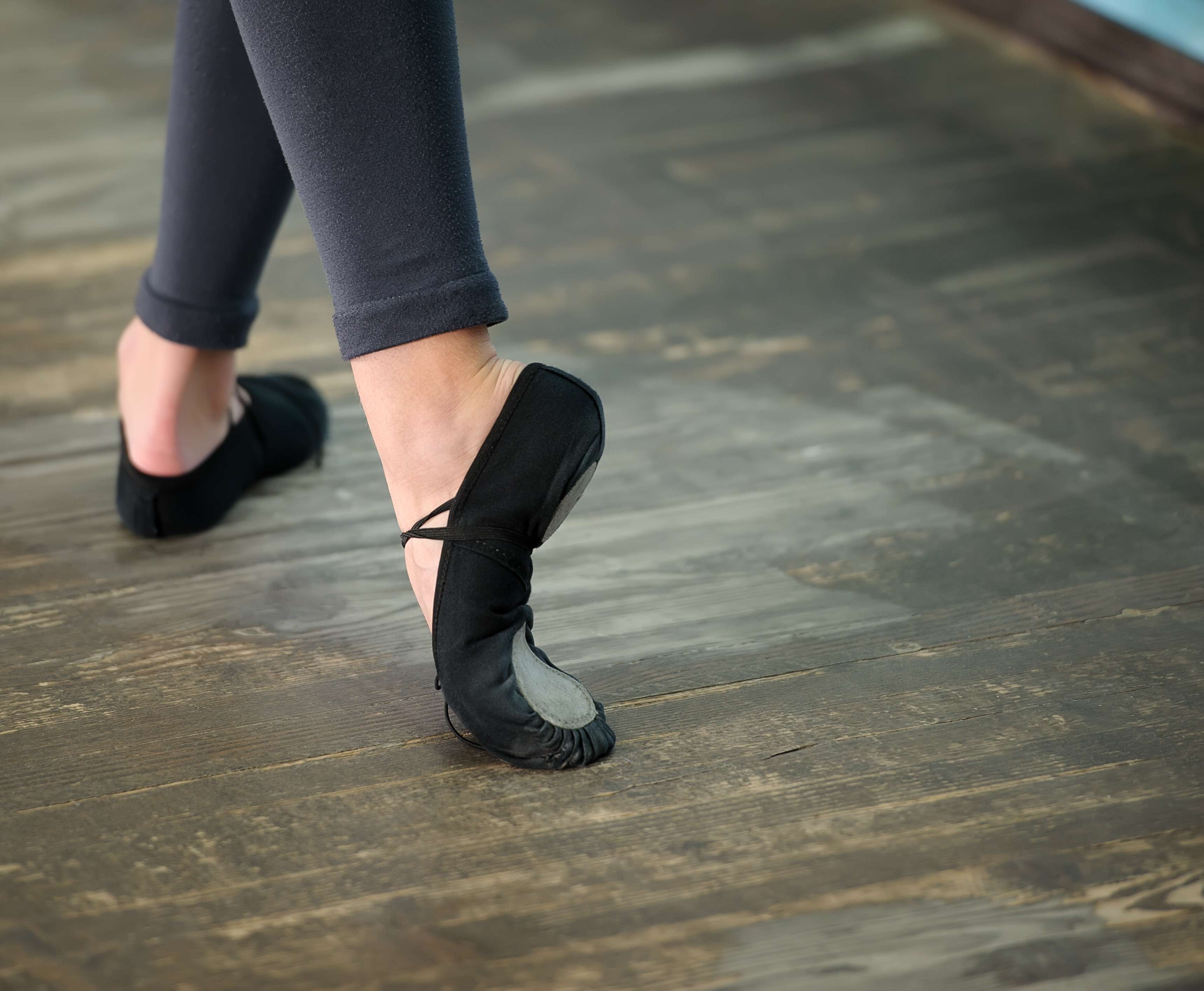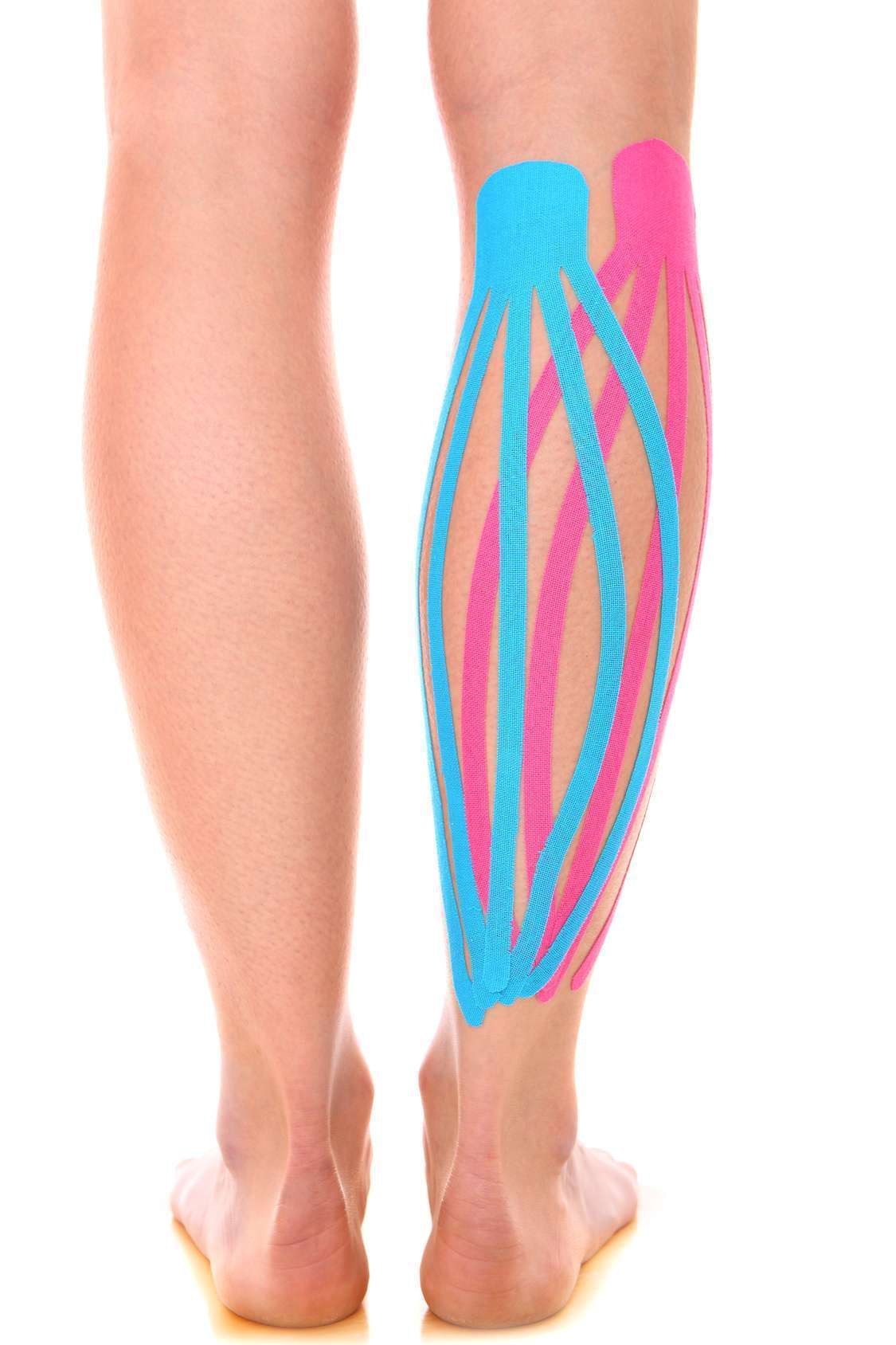A sprained ankle is one of the most common injuries to happen to athletes and non-athletes. This kind of injury happens when the patients foot land or twists in an abnormal position that the ligaments stretch beyond the normal means and can cause the ligaments to end up in an abnormal position.
The symptoms of a sprained ankle are as follows:
- Grade 1 sprain:
Slight stretching and some damage to the fibers (fibrils) of the ligament.
- Grade 2 sprain:
Partial tearing of the ligament. If the ankle joint is examined and moved in certain ways, abnormal looseness (laxity) of the ankle joint occurs. - Grade 3 sprain:
Complete tear of the ligament. If the examiner pulls or pushes on the ankle joint in certain movements, gross instability occurs.
The patient may find it hard to work especially with grade 1 and 2 sprains. The best course of treatment is the R.I.C.E first aid procedure:
R: The patient rests the leg this is continuous process till the injury is healed this may take up three weeks depending on how severe the injury is.
I: Ice should be applied to the affected area immediately this will help reduce the swelling, this procedure should be repeated every few hours for about fifteen to twenty minutes.
C: Compression, the area should be wrapped up with a compression bandage this is to reduce the edematous swelling (edematous meaning oedema which is fluid buildup beneath the skin, which is what causes inflammation).
E: Elevation, this is to further reduce swelling and return the leg to normal function. Elevating the leg above the heart line for at least 48 hours can be helpful.
In a worse cases scenario surgery may be necessary especially grade 3 sprains but this is very rare.
The best prevention for sprained ankles is always warm up correctly before physical activities, pay attention where you run or jog especially on uneven surfaces, wear comfortable shoes and learn when to rest during activities.






